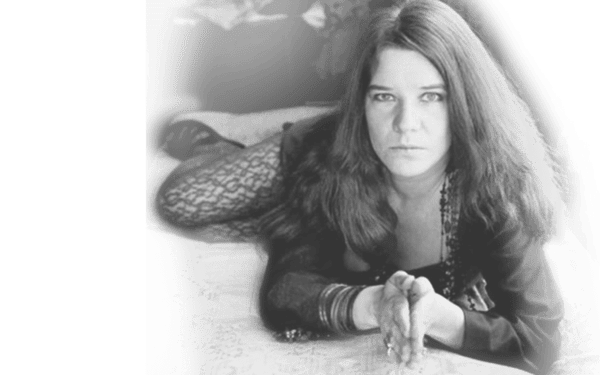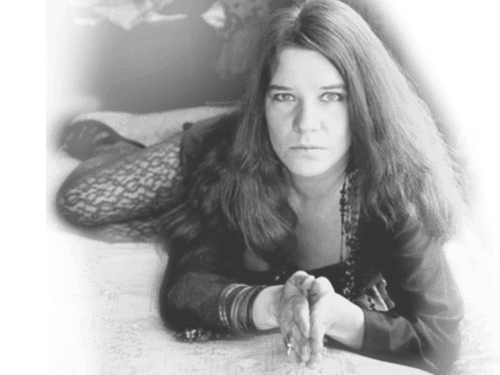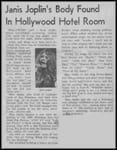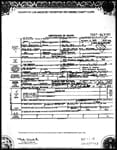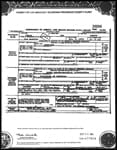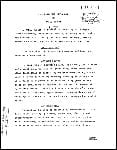It’s a decaying, smelly hulk, abandoned for years out on Grand River Avenue in Detroit. And yet the Grande Ballroom is being celebrated with a concert this Saturday in honor of the 40 years since it opened its doors as a hippie dive/concert venue in October 1966.
The Royal Oak Theatre is the site of “A Celebration of the 40th Anniversary of Rock and Roll at the Grande Ballroom,” featuring Big Brother and the Holding Company (no, Janis isn’t coming), the Crazy World of Arthur Brown, Canned Heat, and Third Power featuring Drew Abbott. All played the Grande back in the day.
Even in 1966, the Grande had seen better days. The 1920s-vintage venue was a bit raggedy and had virtually no safe parking. Other venues such as the Eastown on Harper Avenue on Detroit’s lower east side were arguably as important in the annals of Detroit music history.
But for a generation of Metro Detroiters, and even younger people who never set foot in it, the Grande Ballroom has become a symbol of a time when music became a culture, even a revolution.
WKNR disc jockey Russ Gibb found and rented the ramshackle ballroom for that inaugural show in ’66 with the MC5. He was a disc jockey (WKMH, then WKNR, first AM then FM) with a finger on the zeitgeist. He’d seen how popular the Fillmore was in San Francisco and was determined to duplicate it in Detroit.
As the avuncular host of the Grande and slightly older hipster adviser, Gibb literally became “Uncle Russ” to patrons. Often a hopeful teenager wouldn’t have the $5 admission fee to get into the Grande. When that happened, Gibb — always the teacher — would pose a question. If the teen answered correctly, Gibb granted free admission.
“It was so different from anything else that was going on, like the teen club scene,” said David Carson, author of the Detroit music history “Grit, Noise And Revolution (U-M Press, $17.95).
Carson used to go to the Hideout on Southfield Road and 13 Mile, where the boys all wore madras and white Levi’s.
“The culture had grown by 1966. There was incense burning and political literature, and the kids had moved away from madras and white Levi’s,” said Carson. “Before, everything was divided into frats and greasers, but by the time of the Grande, there was a whole new breed wearing jeans and tie-dye. It was more of a culture by that time.”
It was at the Grande that great numbers of long-haired, rock ‘n’ roll-loving kids gathered in large numbers, making it the apex of all things counterculture in Detroit.
Jimmy Page debuted his new act, Led Zeppelin, at the Grande, although he was still calling it the “New Yardbirds.” Other Grande acts included Cream, The Who, Jefferson Airplane, Fleetwood Mac (pre-Stevie Nicks), the Jeff Beck Group (featuring Rod Stewart), Janis Joplin (with Big Brother and the Holding Company), Steve Miller Band even B.B. King and Buddy Guy played there.
But many important acts such as Bob Seger never did. Some of Iggy Pop’s most memorable gigs were at the Rock and Roll Farm in Wayne, and the Cinderella Ballroom on Jefferson Avenue near Chalmers Street was hot enough that the J. Geils Band recorded a live album, “Full House,” there in 1972.
As early as 1970, the Grande scene had started to sour, with hard drugs and a harsher sensibility starting to dominate. The Grande’s last show was, fittingly, one last blast by the MC5 on New Year’s Eve 1972.
This Saturday, several special guests are set to appear. Grande poster artists Gary Grimshaw and Carl Lundgren are confirmed, and, of course, “Uncle” Russ Gibb is a special guest.
David Teegardin of Teegardin & Van Winkle is flying in for the reunion concert. With former Seger/Silver Bullet Band guitarist Drew Abbott venturing from his northern Michigan home to rejoin his bandmates Jem Targal and Jim Craig onstage in Third Power, the concert could flush out even more all-star Detroit musicians.
At 44, Leo Early, the webmaster of thegrandeballroom.com, is one of the many fans of the venue who were too young to go there. And yet the old wreck exerts a mysterious hold on him.
“When I came of age in late ’70s early ’80s, it was all stadium rock, progressive rock, punk rock and new wave,” said Early. “There was nothing like the Grande, where they had such an array of music.”
And, Early points out, the Grande always kept one foot in the local music scene, booking local Detroit groups alongside the national acts. Groups such as the MC5, SRC, Frijid Pink, Savage Grace, the Amboy Dukes (featuring Ted Nugent) and Third Power drew huge crowds, and the MC5 would brag that they blew international acts such as Cream off the stage.
In today’s corporate-dominated concert scene, it all seems like a dream now, scented by patchouli and sour beer. But they’ll meet on Saturday night in Royal Oak and try to call up some of the old ghosts.
About the event
What: Grande Ballroom 40th Anniversary Concert When: Saturday night. Doors open at 5, show starts at 6. Where: Royal Oak Music Theater, 318 W. Fourth St., Royal Oak. Featuring: Big Brother and the Holding Company, The Crazy World of Arthur Brown, Canned Heat and Third Power featuring Drew Abbott. Tickets: $52.50. Call (248) 399-2980
